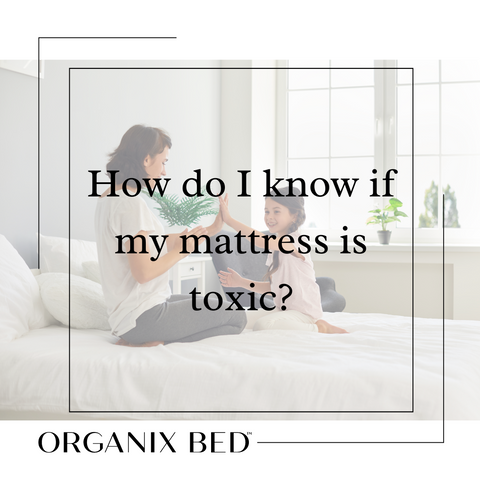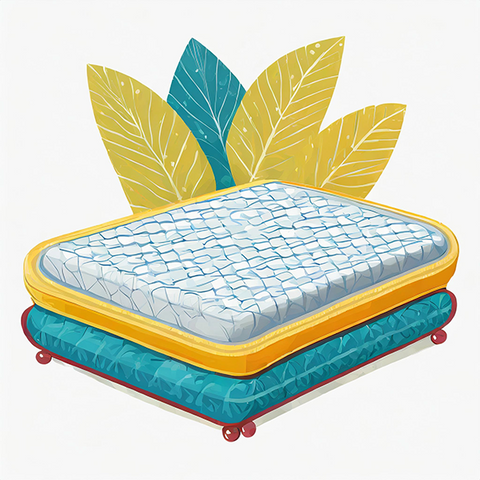A good night's sleep is crucial for our overall well-being, but have you ever considered that your mattress could be impacting your health negatively? With many mattresses containing various chemicals and materials, it's essential to understand the potential toxicity lurking in your sleep environment.
So, how do you know if your mattress is toxic? Let's dive in and explore some key indicators.
Chemical Odors: One of the most apparent signs of a potentially toxic mattress is a strong chemical odor. If your mattress emits a noticeable smell, especially when it's new, it could be off-gassing volatile organic compounds (VOCs). These VOCs, such as formaldehyde and flame retardants, can contribute to indoor air pollution and have adverse health effects.
Certifications: Look for certifications such as CertiPUR-US®, Global Organic Textile Standard (GOTS), or Global Organic Latex Standard (GOLS). These certifications ensure that the mattress meets specific standards for materials used, emissions, and environmental impact. Products with these certifications are generally safer and less likely to contain harmful chemicals.
Materials: Investigate the materials used in your mattress. Traditional mattresses often contain synthetic materials like polyurethane foam, which can emit VOCs. Opt for mattresses made from natural and organic materials such as organic cotton, natural latex, and wool. These materials are less likely to off-gas and are better for both your health and the environment.
Fire Retardants: While fire safety is essential, some mattresses contain chemical fire retardants that can be harmful. These chemicals have been linked to various health issues, including hormone disruption and neurological disorders. Look for mattresses that use natural fire retardants or are made with fire-resistant materials without the need for added chemicals.
Research Brands: Do your homework on mattress brands and their manufacturing processes. Look for companies transparent about their materials and production methods. Avoid brands with a history of using questionable chemicals or facing recalls due to safety concerns.
Hypoallergenic Properties: If you suffer from allergies or sensitivities, consider a mattress with hypoallergenic properties. These mattresses are designed to resist allergens such as dust mites, mold, and mildew, creating a healthier sleep environment.
Longevity and Durability: High-quality mattresses are built to last, reducing the need for frequent replacements. Cheaper mattresses may degrade more quickly, releasing more harmful chemicals into your home over time. Invest in a durable mattress from a reputable brand to minimize exposure to toxins.
Customer Reviews: Pay attention to reviews from other customers, particularly regarding any odors or adverse reactions experienced with the mattress. While individual experiences may vary, consistent complaints about chemical smells or health issues could indicate a potentially toxic product.
In conclusion, knowing whether your mattress is toxic requires careful consideration of its materials, certifications, and manufacturing processes. By being informed and proactive, you can choose a mattress that promotes both better sleep and better health. Prioritize mattresses made from natural and organic materials, backed by reputable certifications, and manufactured by transparent companies committed to sustainability and safety. After all, your mattress should be a haven for rest and rejuvenation, not a source of hidden toxins.
(OpenAI, 2024)


Comments (0)
There are no comments for this article. Be the first one to leave a message!